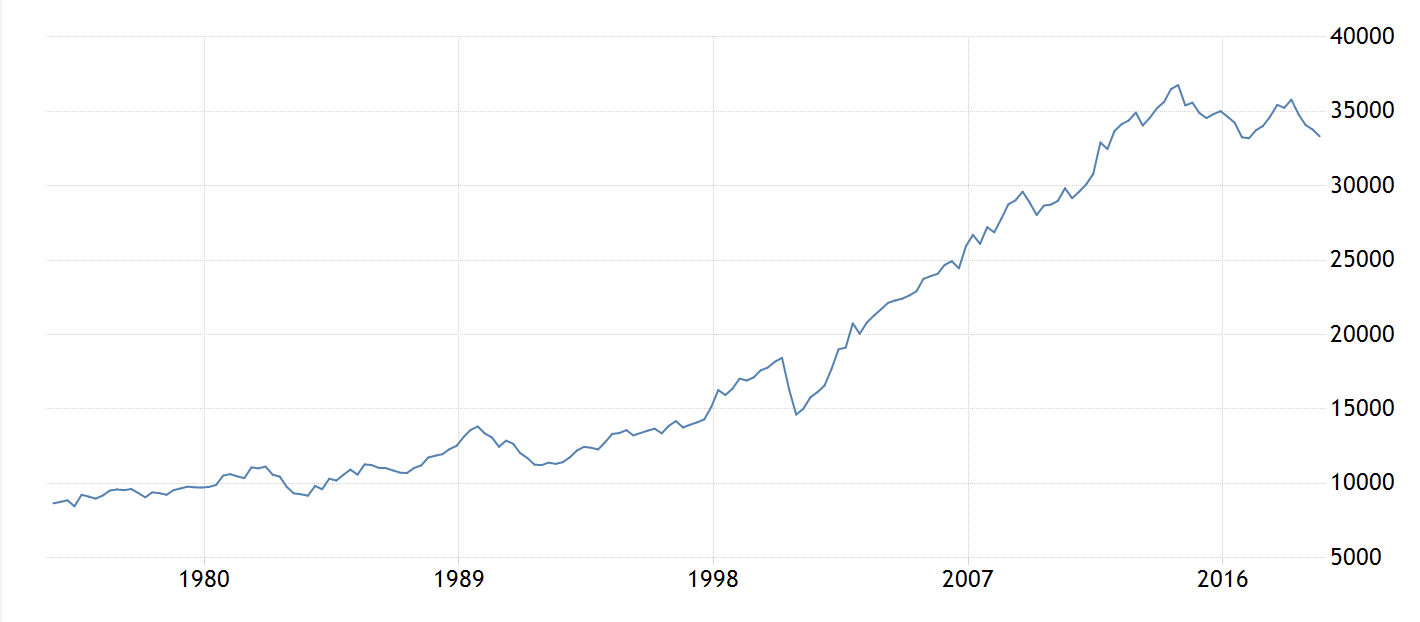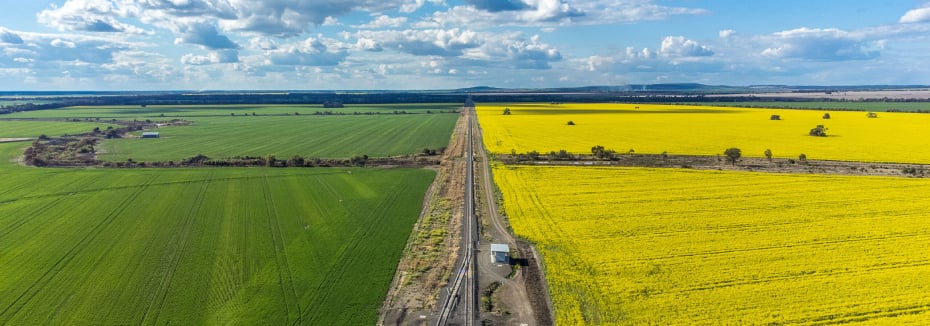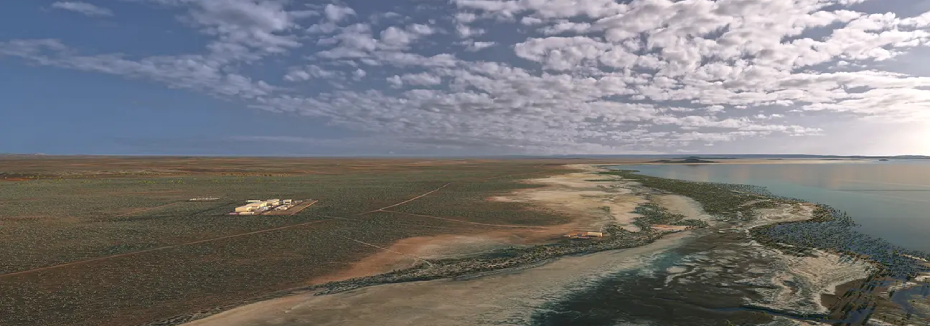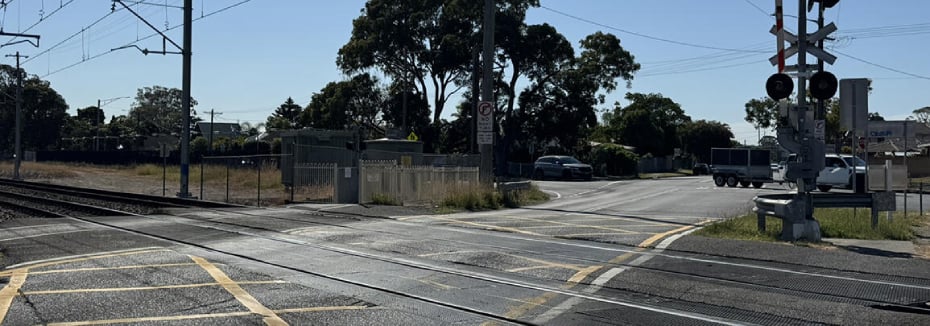The 5 Biggest Trends That Will Shape Australian Construction in 2020

Australia’s construction industry has seen phenomenal growth since the turn of the century. In the last quarter alone, construction has contributed to roughly $33 billion AUD in the national economy (known as Gross Domestic Product/GDP), a figure that has more than doubled since 2001.
Image: Australia GDP from Construction (in AUD Millions) source: Trading Economics | Australian Bureau of Statistics
Coupling the industry’s historic performance with the government’s rolling infrastructure plan, which will invest $100 billion dollars over the next 10 years, it is easy to see why the chair of Infrastructure Australia - Julieanne Alroe - believes: “... the historic level of activity [seen in the industry] is likely to continue for the next 15 years and potentially beyond.”
With 2020 just around the corner, here are some of the latest trends you can expect to influence the Australian construction industry over the next few years.
1. Modern Slavery Act
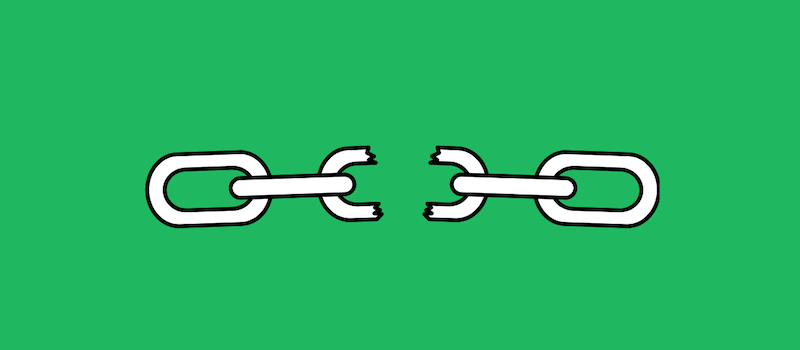
Image: Whispli
One of the most recent procurement policies the Federal Government has passed is the Modern Slavery Act, which gained royal assent in December 2018.
Although unethical practices such as slavery and child labour were abolished long ago in Australia, unfortunately it is still very much a reality in some developing countries that provide much of the world with cheap manufacturing, bulk materials, and parts.
With this act in motion, Australian businesses with an annual revenue of $100 million and over, must report on risks of Modern Slavery in their operations and supply chains, including prevention or risk resolution.
This means Australian businesses that meet these requirements will be expected to have a microscope over their supply chain, down to the pencils and paper used in the office or on-site.
This responsibility will also trickle down to subcontractors and suppliers under the threshold. Based on overseas observations that have enforced similar laws, reporting entities may make compliance with modern slavery and anti-slavery policies a contractual obligation. This would mean subcontractors and suppliers would have to undertake risk assessments and due diligence of their own to ensure they are not in breach.
2. Workplace Equality
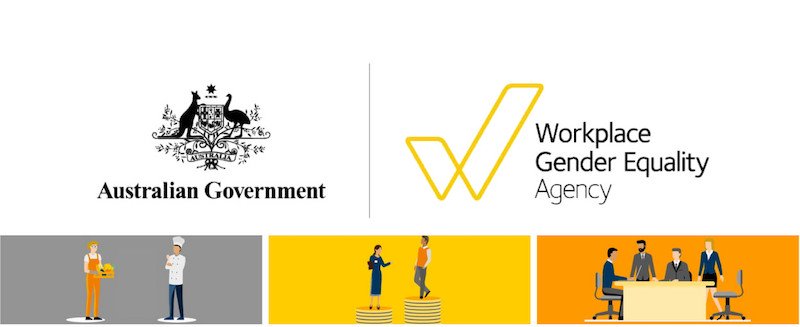
Image: The Workplace Gender Equality Agency
From a historical standpoint, Construction and Mining are two of the most male-dominated industries in Australia. Men respectively occupy 86% of Construction and 84% of Mining roles across the country.
The Workplace Gender Equality Act aims to create an even playing field amongst men and women in the workplace, particularly in industries dominated by a single gender.
The Workplace Gender Equality Agency is responsible for administering and enforcing this act. All businesses with 100 or more employees are required to submit an annual report based on key workplace equality indicators. If they meet the act’s standards, the agency issues them a Compliance Letter for that given year.
Though this act has been on the statute books since 2012, Federal Government tenders are now regularly asking for a copy of this compliance letter as a mandatory condition, meaning these quotas can make or break your next large tender submission.
Due to the massive investment of Government funding in infrastructure over the next decade, expect these mid-large sized companies to continue breaking barriers around who the stereotypical construction worker is, driving the industry towards a fairer representation of genders.
3. Prefabrication and Modular Construction
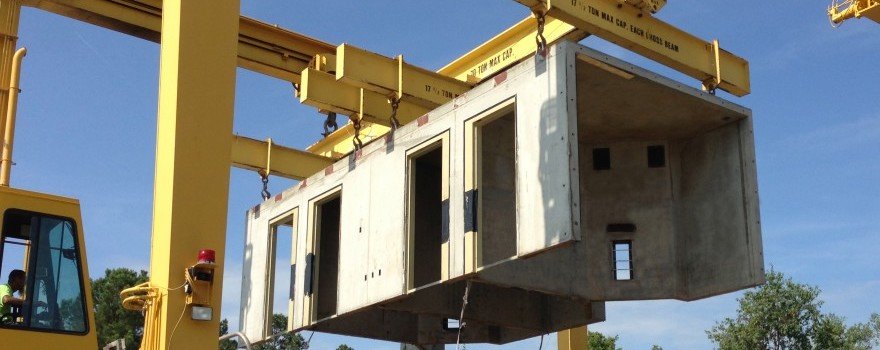
Image: Composite Global
Another area of the industry that continues to grow exponentially is off-site construction, also known as prefabrication and modular construction. Nowadays, with large projects typically taking 20% longer to finish than scheduled, these methods can provide the much-needed improved time efficiencies and cost savings.
With prebuilt structures or other components used in the building process being transported to the site, it can reduce the number of predisposed project delays from factors such as the weather, approval bottlenecks, along with any other scheduled delays.
In the coming years, the prefabrication and modular construction market is projected to have an annual growth rate of 6.9%, reaching a value of $157 billion by 2023.
Slowly, the industry is moving towards smarter, environment friendly and quality assured processes that will allow projects to be completed sooner, and making way for more to be handled at once.
4. Indigenous Procurement Policy

Image: Jobs Australia
Australia’s Commonwealth Indigenous Procurement Policy was initially launched in July 2015 to create more opportunities for Indigenous businesses, but due to the recent additional amendments, companies will need to focus on these policies more than ever.
Before the policy was introduced, only 30 Indigenous businesses had won $6.2 million of Commonwealth contracts. Since then, 1,500 Indigenous businesses have been awarded 12,000 government contracts worth $2 billion.
Originally, the Indigenous Procurement Policy required 3% of government contracts to go to Indigenous businesses. However, from 1 July 2019, further changes were made based on the value of contracts, to ensure that Indigenous businesses win higher-value contracts at a fair level as well.
For the 2019/2020 financial year, Indigenous businesses must win at least 1% of the total value of Government contracts. This number will increase by 0.25% until it reaches 3% in 2027.
If you’re not an Indigenous business, there are still ways this policy can affect you in your tender submissions. The Federal Government looks favourably upon companies that buy from and engage organisations that are included in these target groups.
5. Technological Solutions

Image: Micke Tong, Redshift by Autodesk
Continuing the trend of becoming more cost effective, a plethora of technological solutions have emerged over the past few years in the industry. Construction software technologies are expected to help the industry save $25 billion a year over the next decade.
However, not everybody has caught on just yet. Construction is the third slowest industry in Australia (ahead of only agriculture and transport) to embrace digital technologies and innovations.
Some of the technologies that have received the most attention over the last few years were developed to streamline workflows and combat unnecessary manual administrative tasks. This includes source-to-contract, vendor relationship management, document management, and procure-to-pay software.
Brands such as Felix, offer rapid sourcing and vendor relationship management software for enterprise organisations in a way that provides high-level oversight and transparency over the aforementioned social procurement initiatives. Software like this is greatly reducing supply chain risk across the board for larger organisations.
Expect more and more people to begin utilising these revolutionary technologies as their true potential becomes recognised by the majority of the industry.
Online construction marketplaces have also become a simple means for small and well-known plant/equipment or subcontracting business to find work on some of Australia’s largest construction and mining projects – one being PlantMiner.
Thousands of people from all facets of the industry take advantage of our platform's procurement functionality to connect with local contractors more efficiently - and our suppliers win millions of dollars' worth of work each month using our technology.
Learn more about our award-winning service and how you can list your plant and/or equipment today!
Source: Australian Bureau of Statistics; Australian Department of Infrastructure; Composite Global; Back to Basics; Bayston Group; BuildSoft; ESUB; Government News; Infrastructure Australia; Jobs Australia; Latham; Markets and Markets; McKinsey & Company; MIA Consulting; Redshift by Autodesk; The Conversation; Trading Economics; Whispli; Workplace Gender Equality Agency

Recent Articles
NSW Govt approves Inland Rail Narrabri to North Star Phase 2 project
Delivery of the second phase of Inland Rail in New South Wales will soon get underway as the State Government gives the green light to the Narrabri to North Star Phase 2 project.
New significant milestones reached on proposed Northern Water Project
Two significant milestones have been achieved on the proposed Northern Water desalination plant in South Australia.
Plans unveiled for major upgrade to NSW Rawson Rd level crossing
The New South Wales Government has unveiled plans for a major upgrade at Rawson Road and Railway Street in Woy Woy to make one of the Central Coast’s level crossings safer.
Get the latest project news
- updates on Australia's pipeline of state and federal projects
- fresh contract awards from major contractors and builders
If you're looking to contact us about other matters, please contact us.
